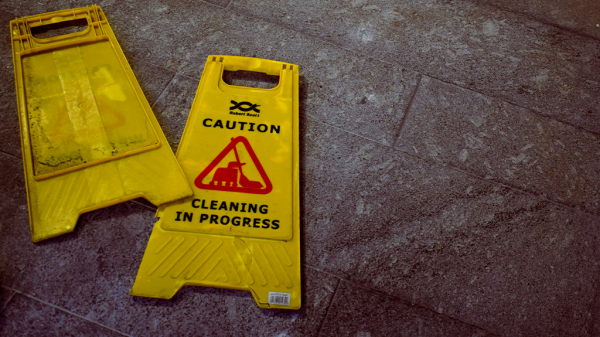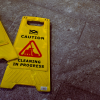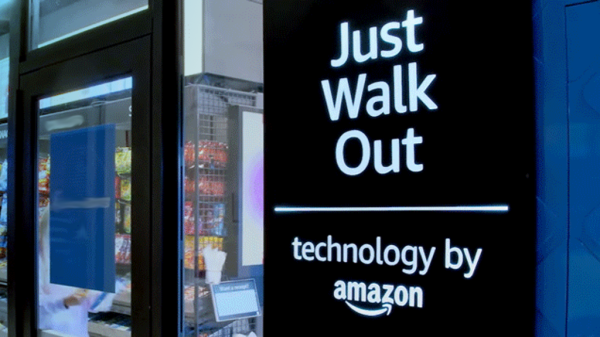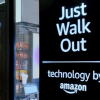Are You Elite Enough?
A current Lifehacker poll asks if (or implies, if you will) “Web 2.0” only benefits the uber-connected elite tech heavy hitters that use twitter 100+ times daily, program new apps and FB apps, vie for VC funding and actually NEED FriendFeed because they sign up for every online network known to man. While you go take a peek and take the survey inserting your own opinion, I’ll share with you the current poll results:
Do Web 2.0 solutions solve problems only the tech elite have?
Yes! Regular people choose a social network and stick to it, geeks join every one and then need FriendFeed.
31.8% (448 votes)
Nope. Classically techies are the canaries in the coalmine that everyone’s heading into eventually. Geeks were the first ones to get spam, too!
20.9% (294 votes)
Sometimes. My mother may never need FriendFeed, but a few years in, she’s digging Gmail.
35.8% (504 votes)
Huh?
11.5% (162 votes)
Advertisement. Scroll to continue reading.1408 total votes. results as of 04/29/2008 08:49:44 pm.
I’m and end user
My personal opinion is probably different than Alexander’s because I’m not a tech creator. As Andy Kaufman and Benn Rosales can attest to because the three of us regularly attend tech events in our cities, we are often the odd men out at these events, the golden child guests, the people everyone wants to question. The tech industry is always surprised to have non-tech-creators (or “end users” as we’re called) around and I would posit that because AgentGenius.com readers are end users like me, we are surprisingly Web2.0 savvy and we are among the non-techs who are NOT surprised at the possibility that Web2.0 is extremely adaptable.
What is Web2.0 Really?
What is Web2.0? The definition ranges from the historical Wikipedia to the basement bob blogger’s idea. Web2.0 is not just the abuse of Twitter- I would argue it’s a style. Have you not watched the new Applebee’s commercials with the glossy, reflective new logo and words thrown in like “awesome” or “sweeet” and said “omg, that’s so Web2.0!?” Have you not read listing copy that was lame but thought “omg, that is a decent try to be Web2.0?” It’s not just a programming code that is Web2.0 or a new application but has become an advertising style. Therefore, I would argue that Web2.0 is mainstream and has nothing to do with elite (unless I’m elite because I blog and Twitter which is arguable).
What is Web2.0 to you? Is it only useful for the super elite in the tech world?
Lani is the COO and News Director at The American Genius, has co-authored a book, co-founded BASHH, Austin Digital Jobs, Remote Digital Jobs, and is a seasoned business writer and editorialist with a penchant for the irreverent.













































Mariana
April 29, 2008 at 7:58 pm
Beam me up Scotty, There’s no intelligent life down here.
I mean, Web 2.0 is all about relationships. Who cares if you invented a software program or can only marginally check your email?!? … If you are gaining meaningful connections to other people in the world while online, then Web 2.0 IS useful.
Lani Anglin-Rosales
April 29, 2008 at 8:01 pm
well said, mizzle 🙂
Matthew Rathbun
April 29, 2008 at 8:12 pm
I think that the premise of the “web 2.0” is that it’s designed to let the end-user decided how they wish to interact with other people… Why does everyone (Lifehacker) want to define different levels of end-users?
If the user is interacting with someone else, online then **poof** they’re a web 2.0 user. If they only stumble on an agent’s blog find what they like, they’ll make attempt to contact the agent. I don’t think agents should be target high-tech geeks, but rather trying to be themselves and let the consumer decide if they want to continue to interact.
ines
April 29, 2008 at 8:13 pm
Dang @mizzle! you are on a philosophical row!
I had a meeting the other day with a big Miami RE honcho and while I talked about our blog and AG and Twitter and the rest of the social networks he had this “hold my hat in the wind” expression and I felt a bit un-human. I know the Web2.0 tools are about relationships, but there are tons of people out there that do consider us a bit strange and out there.
ines
April 29, 2008 at 8:14 pm
Oh, btw, when are we doing the video commenting here like Rudy just did at Trulia? I thought that was super cool.
Bill Lublin
April 30, 2008 at 5:16 am
If technology is a moving target, do you think we’ll all get a notice when 2.0 gets replaced by 2.1 🙂
Glenn fm Naples
April 30, 2008 at 7:12 am
My thinking that is that there is too much out there to socialize with other people for many of us to truly take full advantage of. Bill is probably correct that web 2.0 will be replaced with 2.1 or 3.0 eventually.
tekhub
January 2, 2009 at 5:20 am
There are more social sites each day. Those who are in the business are wanting to capitalize on each, not knowing which will strike gold. If you can get established early in these startup social sites, when they get bigger you may have a jump on the rest of the late adopters.
my opinion 😛